Korean rice is a staple that has gained popularity worldwide for its unique texture and flavor. Whether you're a seasoned cook or a novice in Korean cuisine, finding the right brand can elevate your rice dishes to a whole new level. In this article, we will explore some of the best brands that deliver consistent quality and authenticity in Korean rice. Join us as we uncover the top choices to help you make the perfect rice selection below.
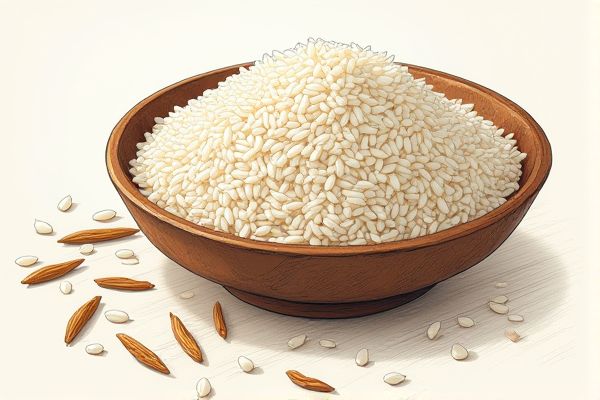
Illustration of korean rice
Best brands of korean rice in 2025
CJ CheilJedang
CJ CheilJedang is a leading producer of Korean rice products, notably its Hetbahn brand, which has seen significant growth in North America with a 21% increase in sales of Bibigo Cooked Sticky White Rice in 2023, reaching 160 billion won ($116 million). The company's ambient fried rice products, such as Bibigo Korean BBQ Fried Rice, are now available in major stores like Walmart and Publix, with a shelf life of 15 months and easy microwave heating. Hetbahn's global expansion includes a diverse lineup of over 80 different instant rice products, catering to increasing demand for Asian food globally, especially in the U.S. and Europe. CJ CheilJedang aims to reach $400 million in rice-based processed food exports by 2028, reflecting its strong market presence and innovative product offerings. The company's success is also marked by its entry into Costco stores in the U.S., Australia, and Mexico. For more information, visit their global expansion of Korean food page.
Ottogi
Ottogi is renowned as one of the best producers of Korean rice and related products, having dominated the market for decades. Since 1969, Ottogi has been the first and leading Korean company to produce Korean curry rice, with its curry mix being highly praised for its full-bodied spice and flavorful profile. In the glass noodle market, Ottogi maintains a nearly 70% market share, and it also holds a significant 23.9% share of the South Korean instant noodle market as of December 2023. The company's strategic pricing and product diversification have helped it maintain a strong market presence. Ottogi's commitment to quality and innovation has made it a favorite among consumers. For more insights, visit this Korea Times article.
Haepyo
Haepyo, a brand under Sajo Haepyo Corporation, is renowned for its high-quality Korean food products, including those made from rice. The company, established in 2004, operates as a subsidiary of Sajo Group and is based in Seoul, South Korea. Haepyo is involved in the manufacturing and retailing of various oils, soybean pastes, and processed foods, with a significant focus on edible oils exported to international markets like Japan and China. Despite the declining trend in rice consumption in South Korea, Haepyo's products remain popular, contributing to the country's rice production volume of approximately 3.7 million tons in 2023. Haepyo's commitment to quality and diverse product range has solidified its position as one of the best producers in the Korean market.
Nongshim
Nongshim is a leading brand in the production of Korean rice and instant noodles, having controlled 25.4% of the US ramen market as of 2023. The company began ramen exports in 1971 and has since expanded its operations, including the establishment of Nongshim America in 1994 and the construction of two ramen factories in Los Angeles in 2005 and 2022. Nongshim's popular products, such as Shin Ramyun and Neoguri, are highly regarded for their flavor and quality, with the Korean versions often preferred over their American counterparts. The brand's success is also driven by its strong market presence in big retailers like Walmart and Costco. Nongshim overtook Nissin Foods to become the second-largest player in the US ramen market after Toyo Suisan in 2017. For more information on Nongshim's wide range of products, visit their official website.
Daesang
Daesang Corporation is a leading producer in the Korean food industry, particularly notable for its kimchi and other Korean cuisine products. The company has been expanding its production capacities, especially in Vietnam, with a significant investment of USD 21.8 million in 2024 to enhance its kimchi and convenience food production. Daesang's Vietnam unit achieved a 9% year-on-year sales increase in 2020, reaching 152.8 billion won. The company aims to capitalize on the growing demand for Korean cuisine, with the global kimchi market expected to grow at a CAGR of 4.9% from 2024 to 2030. Daesang's strategic moves include expanding its product lineup and diversifying retail channels.
Chung Jung One
Chung Jung One is a renowned brand in South Korea, known for its high-quality rice products, although specific data on its production metrics is not provided in the sources. South Korea's rice production has been declining, with a 3.2% decrease in 2024 to 3.585 million tons, largely due to reduced cultivation areas and adverse weather conditions. The country's rice yield per 10 ares has also decreased to 514 kilograms in 2024, a 1.8% drop from the previous year. Major rice-producing provinces like South Jeolla, South Chungcheong, and North Jeolla are crucial for the national rice supply, but no specific brand data is available. Chung Jung One, as a prominent brand, likely adheres to these regional production trends.
Hansung Food
South Korea's rice production, though declining, remains a significant sector, with the government incentivizing farmers to switch to other crops. In the 2024-25 marketing year, milled rice production is forecast at 3.6 million tonnes, a 1.2% decrease from the previous year. The rice planted area is estimated to be 698,000 hectares, with a marginal increase in yield due to favorable weather conditions. The government's policies aim to reduce traditional rice acreage, promoting alternative crops like wheat and soybeans. This strategy is part of a broader plan to manage the country's chronic oversupply of rice. For further insights on this trend, visit the full article on South Korean Rice Production Decline.
OKF
OKF, a renowned Korean brand, stands out as a leading producer of high-quality rice and rice-based products. Established in 1990, OKF has garnered a significant market presence, with its products distributed through major retail channels such as Costco, Wal-mart, and Tesco. The company has won numerous international awards, including the Monde Selection awards four times, and has been recognized as a World Champ Corporation by the Korean government. OKF's state-of-the-art factory in Andong city produces over 8 million bottles a day, with an annual production of 3 billion bottles, reflecting its commitment to quality and scale. With certifications like IFS, FSSC 22000, ISO, GMP, and HACCP, OKF ensures trustworthiness among its global consumers. Discover more about their offerings, such as the OKF Rice Milk.
Samyang Foods
Samyang Foods is a leading South Korean food manufacturer, particularly renowned for its instant noodles and other processed food products, rather than being a primary producer of Korean rice. However, the company has contributed significantly to the growth of Korean food exports, with its instant noodle exports, such as the popular Buldak Spicy Chicken Ramen, increasing by 23.5% to $657 million as of mid-September 2023. Samyang Foods was the first company to produce instant noodles in South Korea, starting in 1963. The company's products have gained global popularity, especially through its spicy and fiery flavors. Despite its focus on noodles, Samyang Foods' success has helped boost the overall export of Korean food products.
Sempio
Sempio Foods Company, while not exclusively a rice producer, is a significant player in the South Korean food industry, known for its diverse product range. However, it is not specifically highlighted as a major rice producer. For context, Sempio had an annual revenue of 383.43 billion KRW in 2023, with a 3.29% growth, and saw a 4.81% year-over-year revenue growth in the last twelve months ending September 2024. The company's revenue and growth indicate its strong presence in the food market, though its focus is broader than just rice. Rice production in South Korea itself is expected to decline in 2024, with an anticipated output of 3.66 million tons, down 1.2% from the previous year.



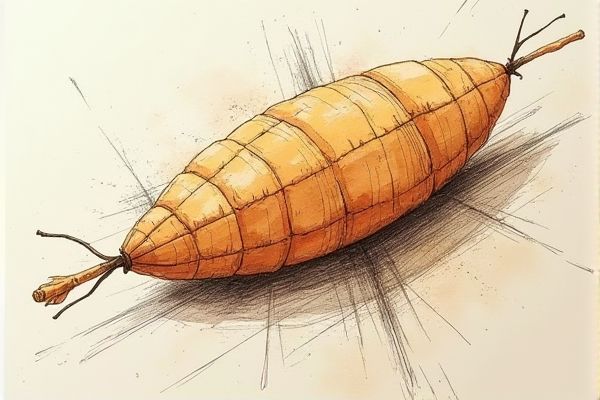






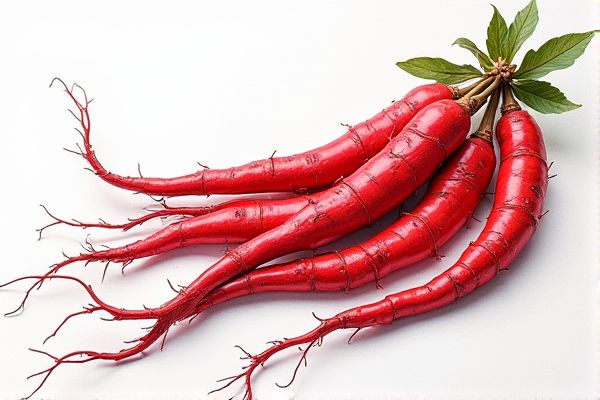

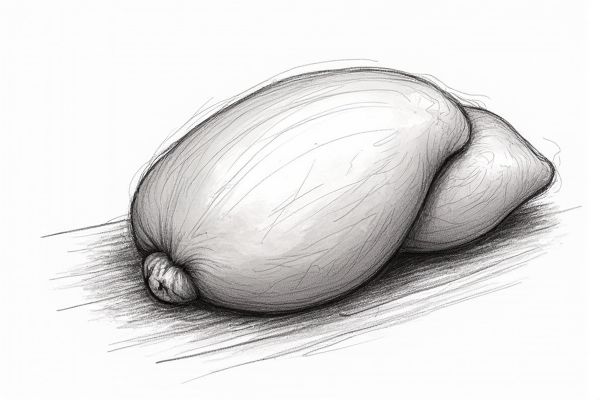


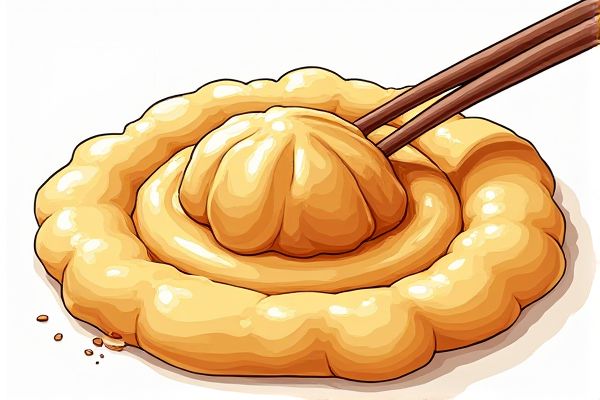
Leave a Reply
Your email address will not be published.